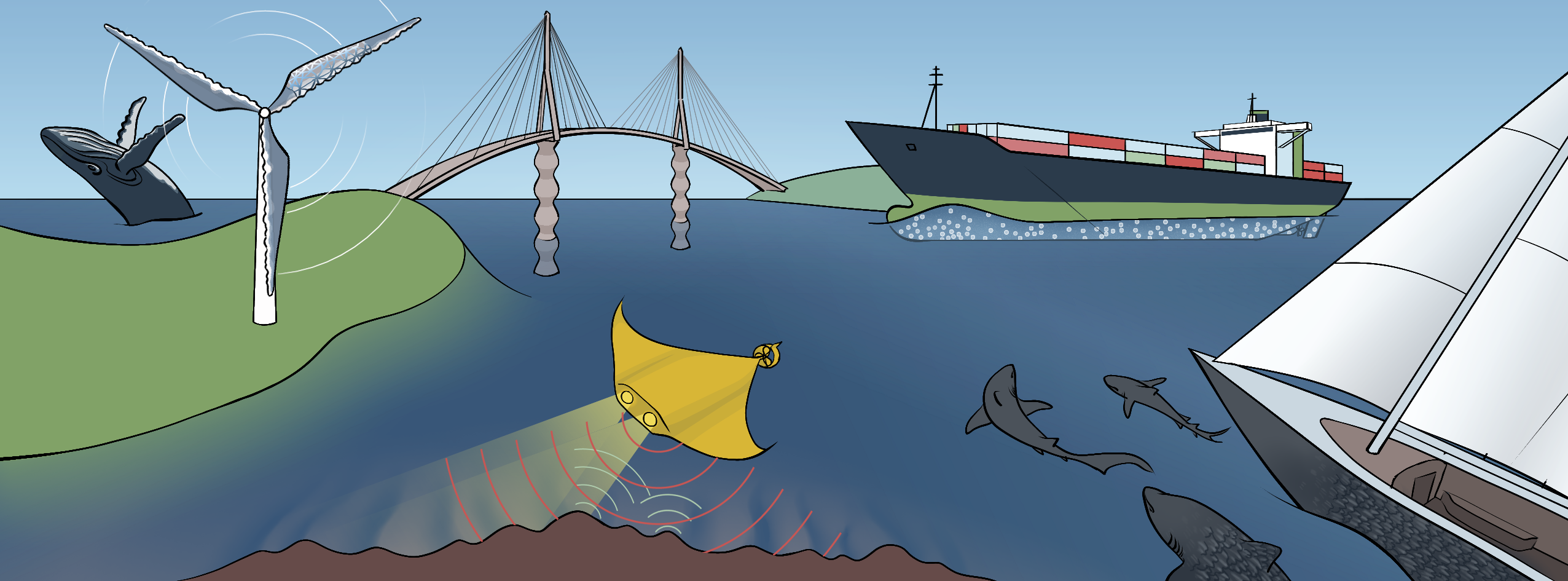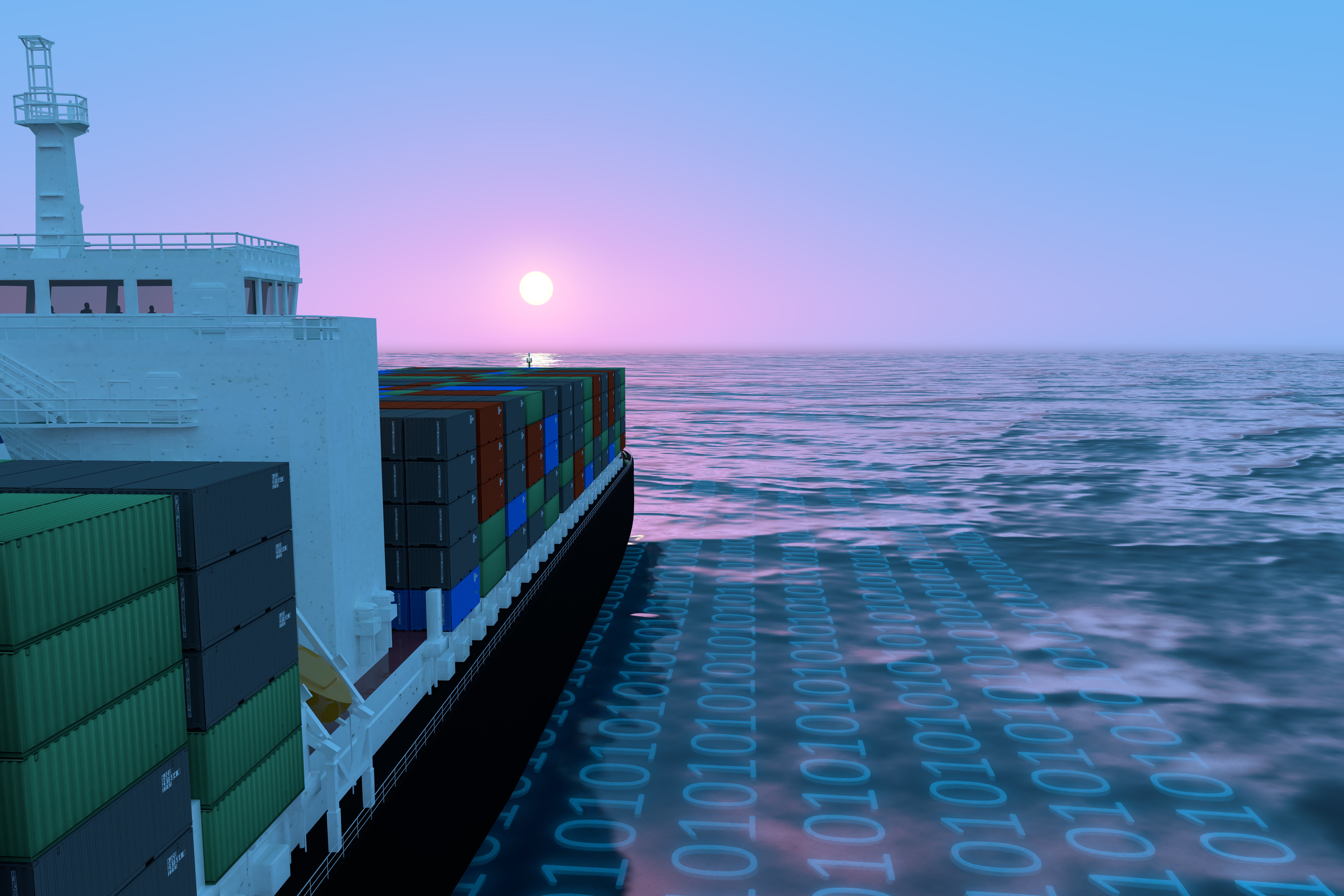The growth in maritime traffic and ship sizes brings challenges in terms of safety and efficiency in maritime shipping. Our experts in nautical science, maritime IT and maritime technologies work in the Sea Traffic and Nautical Solutions department. For example, they clarify for you whether existing port layouts are suitable for future ship developments: Which technologies are required for the safe and efficient operation of highly automated and autonomous ships? How can you control and monitor ships efficiently from land? What use cases are there for maritime robotic systems in port and ship operations? And how can you use best practices from nature for maritime technologies?
Our offer:
- Use of ship simulators as a test and validation environment for innovative nautical technologies and processes
- ENC-based software framework for industry-oriented rapid prototyping of nautical digitalization innovations
- Nautical safety analyses for planning approval purposes and port layout assessment
- Own high-performance cluster with various nautical data sets for maritime AI training and testing
- Own modular fleet in the field of maritime robotics (autonomous surface vehicles, ROV, drones) for testing and demonstration purposes
- Autonomous systems laboratory incl. 3D printing machine park for hardware-related software development and implementation of technical prototypes
- Bionic feasibility studies for maritime technologies
 Fraunhofer Center for Maritime Logistics and Services
Fraunhofer Center for Maritime Logistics and Services
